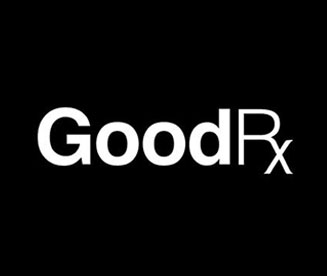The Cons of Drug Discount Cards
By Michelle Hill, MPH, CPhT
How Drug Discount Cards Work
These days, everyone is looking to save a little extra cash, and drug discount cards may be helpful. Drug discount cards are known to potentially lower a patient's out-of-pocket cost while usually being free.
The drug discount card company usually makes a deal with a Pharmacy Benefits Manager (PBM). It sets up a network of participating pharmacies that accept the card and dispense drugs at a discounted price. The discounted price can vary from drug to drug. Prescription drug discount cards help the PBM, and the customer saves money, while marketers and the pharmacy make money.
Why Drug Discount Cards are Popular
Drug discount cards can save patients a significant amount of money, depending on their situation. Patients usually find convenient savings when using drug discount cards to purchase generic prescription drugs. Prescription discount cards are usually free and can be readily found at pharmacies or health care facilities. Some are so popular they have their apps and television commercials. One popular drug discount card allows the patient to put in the name of the drug, the quantity, and the patient's zip code, and it shows the patient the price of the drug at several local pharmacy competitors. This allows the patient to find the discounted price at the cheapest pharmacy in their area.
The Downside
Higher costs for insurance companies - The PBM attempts to negotiate the best price from the pharmacy, but they don't always come out in the black after fees and other costs. Sometimes the PBM loses money because the added cost of fees from the pharmacy and the negotiated cost of the drug is more than the reimbursement amount due to the PBM.
Limited formularies - Often prescription discount drug formularies offer discounts on cheaper, older, common drugs. Usually, newer drugs without generic alternatives do not offer significant savings to the patient, rendering the drug unaffordable for most patients, even with a drug discount card.
Dare to compare - It is incumbent upon the patient to do their research and find out how much particular drug costs with a particular retailer. Each card may offer each drug at a different discount amount at various pharmacies. For instance, a prescription for Lipitor can cost "x" amount of dollars at pharmacy A, and the same drug, strength, and quantity can cost $15 more at pharmacy B.
Your information could be sold - While prescription drug cards usually do not cost money, you must be careful. They may cost you your privacy. Some discount card companies that request your information sell your information to other companies. As a rule of thumb, you should only provide your personal information if you have a card mailed to your physical address. Risking the sale and distribution of your personal information is a risk some patients are willing to take to save money on much-needed drugs.
Short term fix for a long-term problem - Ultimately drug discount cards may provide reasonable savings if you are taking one or a few drugs, but it is not a long-term replacement for prescription drug insurance. Suppose a patient is prescribed a drug with no generic. In that case, a newer generic, or a less common medical condition, the drug cost with the discount is still unaffordable for most patients without prescription drug insurance. The better solution is to offer comprehensive prescription drug coverage to more of the general population. Healthy people make healthy families, and healthy families make healthy communities. If we focus on improving the general population's health by making prescription drugs more affordable and accessible, everyone wins






